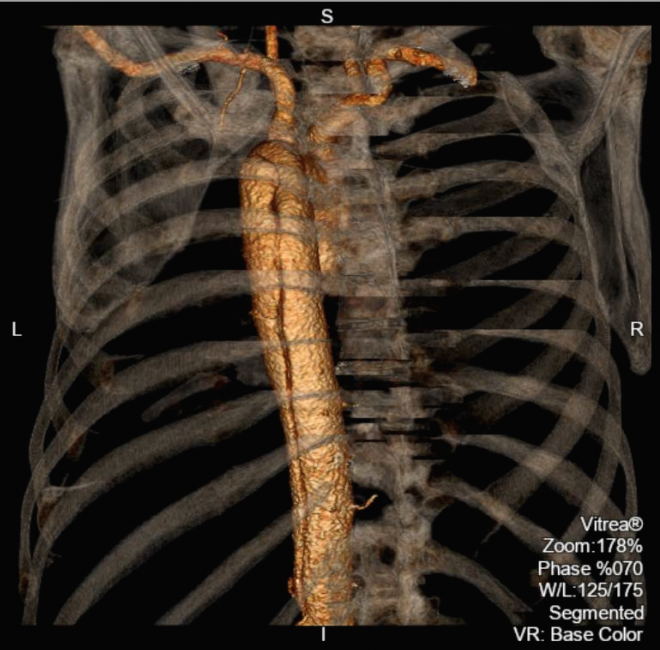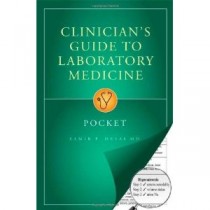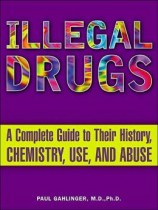Category: Emergency Medicine
-

Aortic Dissection: When to Suspect it
Suspect an aortic dissection in patients with chest pain plus any of the following: New neurological problems Anterior spinal artery infarction with loss of motor function and loss of sensation (with preserved position and vibratory senses) Oculosympathetic paresis, or Horner syndrome, with miosis, ptosis, and anhidrosis A painful Horner’s is a dissection until proven otherwise Acute…
-

Teach Yourself Laboratory Medicine!
Laboratory medicine is one of the core competencies you must master if you want to become a superstar diagnostician within the span of one lifetime or less. Here is my proposed “curriculum” for mastery of laboratory medicine: Urinalysis and Body Fluids, 5e, by Susan King Strasinger – a great book. Clear, fluid and…
-

Disseminated Intravascular Coagulation (DIC)
Introduction Disseminated Intravascular Coagulation (DIC) is a very serious and life-threatining coagulation cascade disorder that is sometimes seen in patients with severe physiologic stressors such as sepsis, obstetric complications (for example, placental abruption, retained products of conception, or amniotic fluid embolization) or major tissue injury from trauma, burns, shock, snake bites, or malignancy (for example, acute promyelocytic leukemia).…
-

How to Become a Superstar Diagnostician Within the Span of One Lifetime or Less
To become a great diagnostician, you need to excel in six different diagnostic modalities: (1) history-taking, (2) physical examination, (3) laboratory medicine, (4) medical imaging (including point-of-care ultrasonography), (5) electrocardiography, and (6) bedside diagnostic procedures. History-taking The two most important components of history-taking are knowing what to ask and how to ask questions. Prepare and perfect scripted questions for…
-

Book Review: Illegal Drugs, A Complete Guide to Their History, Chemistry, Use, and Abuse
You can judge this book by its title. Illegal Drugs: A Complete Guide to Their History, Chemistry, Use, and Abuse (2003) by Paul M. Gahlinger MD is, in fact, an extremely comprehensive treatment of both illegal and legal psychoactive substances, including their history, law, chemistry, processing and distribution, metabolism, neuroscience, medical management, linguistics, folklore, and popular culture. Hundreds of…
